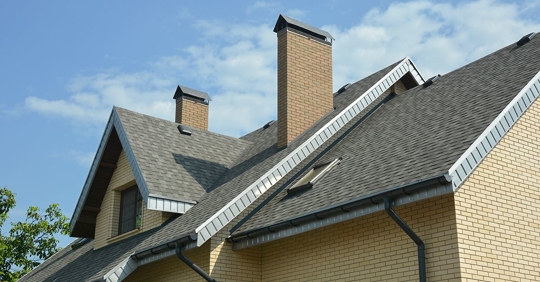Proper home ventilation is crucial for maintaining a healthy and comfortable living environment. Indoor air pollution is a growing concern. The concentration of pollutants can be two to five times higher for indoor air compared to the air outdoors, according to the Environmental Protection Agency. Poor ventilation leads to a buildup of pollutants such as dust, mold, and volatile organic compounds (VOCs) that can cause a variety of health problems, such as allergies, asthma, and respiratory infections.
Luckily, several methods for improving your home’s ventilation will also improve indoor air quality.
Signs of poor ventilation in your house
You can often tell just from spending time in a space if it’s well-ventilated. A stale, stagnant smell and odors that linger are two straightforward signs of poor ventilation. Here are a few more signs to look for in your home:
- There is condensation build-up on windows and doors.
- You see signs of mold and mildew growth on walls, ceilings, or window frames.
- You notice rust stains on plumbing pipes.
- The air often feels too warm and takes a long time to cool down.
- Needing to dust more often than it seems like you should.
If you see any of these symptoms, and if you or your family members are experiencing frequent sore throats, itchy eyes, coughing, or unexplained tiredness, it might be time to take a look at your home’s ventilation.
Poor ventilation causes
Poor ventilation in a home can be caused by a variety of factors, from the layout of the house itself, which affects airflow, to clogged HVAC air filters. Blocked air vents are also a common issue. Consider having your HVAC system inspected if your air ducts haven’t been cleaned in a while.
How to fix poor ventilation in your house
Proper home ventilation helps remove pollutants from the air and bring in fresh, clean air from the outside. This not only improves air quality but also helps to control temperature and humidity levels in the home, which can reduce the growth of mold and mildew.
There are several ways to improve ventilation in a home, including:
- Opening windows and doors: This is the simplest and most natural way to ventilate your home. Opening windows and doors allows fresh air to circulate and pollutants to escape.
- Using mechanical ventilation systems: These systems, such as exhaust fans and window fans, help control the amount of fresh air entering a home and the pollutants leaving.
- Installing air purifiers: Air purifiers remove pollutants and allergens from the air, improving air quality and reducing health risks.
Related Content: Should You Replace a Furnace and AC at the Same Time?
Small steps lead to big air quality improvements
By incorporating simple strategies such as opening windows and doors, using mechanical ventilation systems, installing air purifiers, and following a good HVAC maintenance plan, you can improve the ventilation in your home and create a healthier living environment.
If your system needs an upgrade or you’re looking for more expert advice on HVAC service in Raleigh and the surrounding areas, call the pros at Yellow Dot at (919) 925-4235 or schedule service online.

